
“If I talk a lot, stop me there, man,” Juan Carlos warns before chatting for almost two hours virtually over Zoom. Then he begins a trip down memory lane, joking and reflecting, only stopping from time to time when the Internet connection cuts out.
Juan Carlos Zuñiga is a Nicoyan plastic artist who divides his life between Heredia and Guanacaste. He lives and works in both provinces. The first thing he says as we begin to talk is also a manifesto: “I am a son of the La Virginia neighborhood.” In other words, “I am a son of Nicoya, I am a son of Guanacaste.”
For more than 10 years, Zuñiga has been on a journey to develop his own art style, which has led him through both personal and collective landscapes.
“It’s my landscape, because I was born and raised in Guanacaste, so it’s a personal story that is projected into the past, that wants to keep this present and doesn’t want to lose the memories”, he says.
I didn’t know how Guanacastecan I was, and being one isn’t just knowing a bomba (traditional Costa Rican verses) or dressing up on a certain date of the year.”
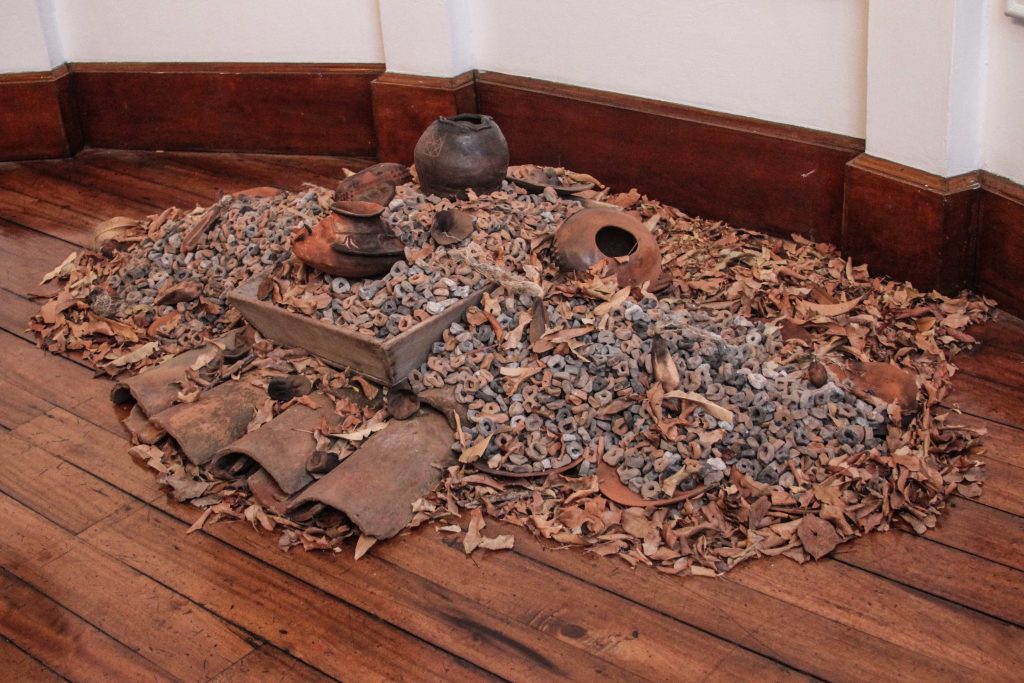
For “La hornada” (The batch from the oven), 150 kilos (330 pounds) of clay formed into donuts were used to assemble the 2019 Mestizo exhibition. Credit: Pablo SibajaPhoto: Pablo Sibaja
The Heritage of Fire
Juan Carlos’s father was a sign maker and his mother was a secretary in the Nicoyan rectory.
When he was a child, after school, he would visit one of the two at work. He crossed the plaza in front of the colonial church to get to his mother and see how the saints were dressed. If he wasn’ there, it was because he was with his father while he painted signs or landscapes. He spent other days with his grandparents in Corralillo de Nicoya.
There, in the daily life of the countryside, between clay ovens and infinite plains of yellow grass, the foundation of his work was layed: the religious, colonial and everyday aspects in the lowlands.
“The University contributed another component with regard to this matter of diversity of thought. So many people converging in one single place, there is a kind of clash. Who am I? What is my culture? Where do I belong? Then, a certain questioning starts to generate from there as well.”
Those doubts served as inspiration while he was studying Art and Visual Communication at the National University of Heredia. He put his talent into practice there with materials that make up the cultural and geographic panorama of Guanacaste: clay, ash, raw leather and fire.
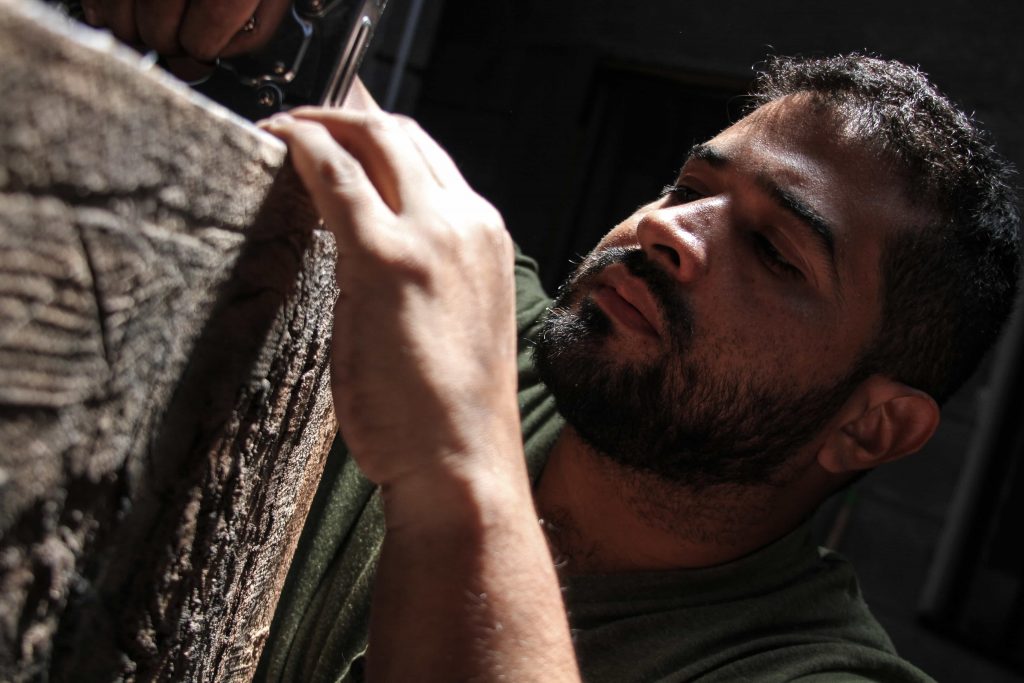
Juan Carlos is currently working on “Landscapes of Guanacaste” for Residencias de Autoconfinamiento (Self-Confinement Residencies). This initiative, organized by the Cultural Center of Spain in Costa Rica, La Neomudéjar Museum and Building Bridges Art Exchange, seeks to provide financial support to artists during the pandemic so that their artistic contribution continues to thrive during stay-at-home measures. Zuñiga won this artistic residency along with other participants from Colombia, Spain, the United States, and Costa Rica. Credit: Pablo SibajaPhoto: Pablo Sibaja
According to Juan Carlos, his grandmother is responsible for his love for the clay oven, where he fires ceramic pieces. From her, he obtained “the contribution of fire.”
“If you look at the fire used to make tortillas today, that fire has been burning for hundreds of years in Guanacaste,” says Juan Carlos.
A large part of his work is a way of paying tribute to his grandmother, who passed away while he was doing much of his research.
“She died and that impacted me a lot. I lost one of the sources, you could say the main one. Then, well, with her everything died, stories, etc.,” he recalls.
That’s exactly what Zuñiga’s work is about, trying to document traditions and memories of people in the province so they aren’t lost forever.
“When a person dies and hasn’t shared their knowledge, that’s as far as it goes.”
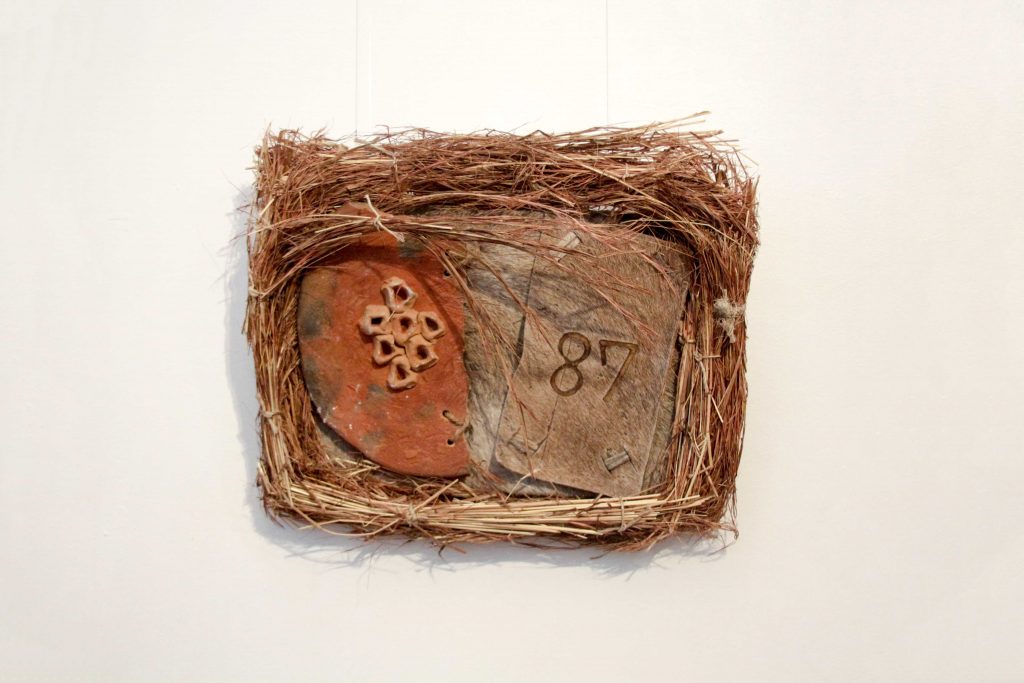
The artist’s pieces incorporate materials from the landscape such as Jaragua grass, raw leather as a reference to the colonial heritage, and ceramic pieces, which allude to the Chorotega culture. Credit: Pablo SibajaPhoto: Pablo Sibaja
The Fading Landscape
“It’s fading away, it’s fading away…,” Juan Carlos responded when asked about his landscape.
The loss of architectural heritage and limited cultural activities, aside from the province’s important festivities, are reasons the artist feels that the Guanacaste that he would like to preserve continues to blur over time.
That is the problem of the everyday, that it is everyday. It is so normal to the eyes, it is so automatic, so generic, that when it goes, you might not miss it. I think you have to teach people how to value the everyday again,” Zuñiga affirms.


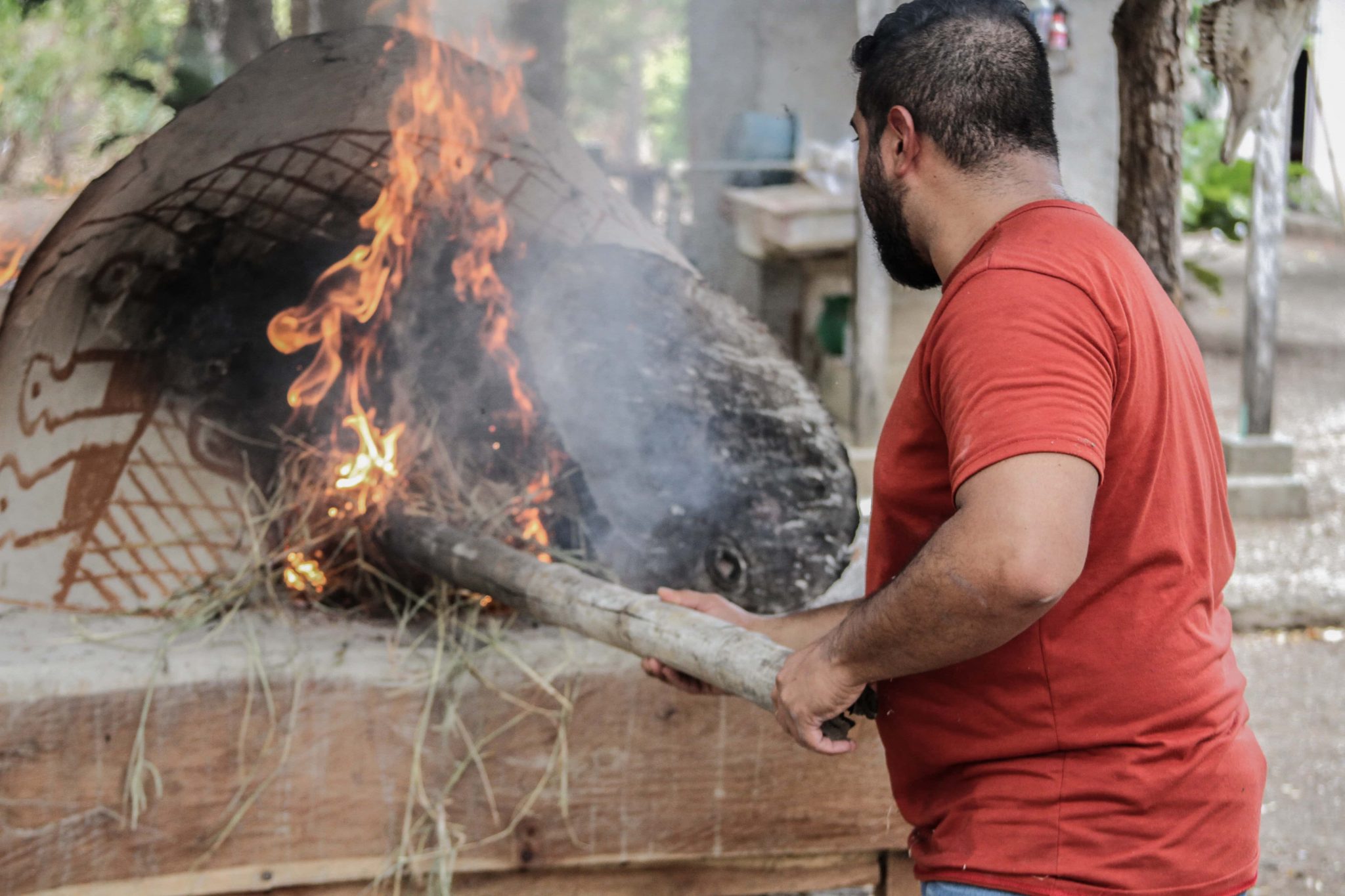

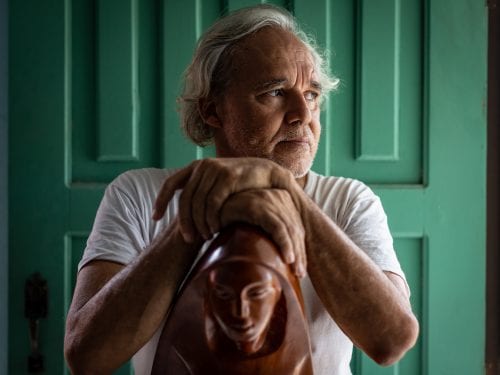
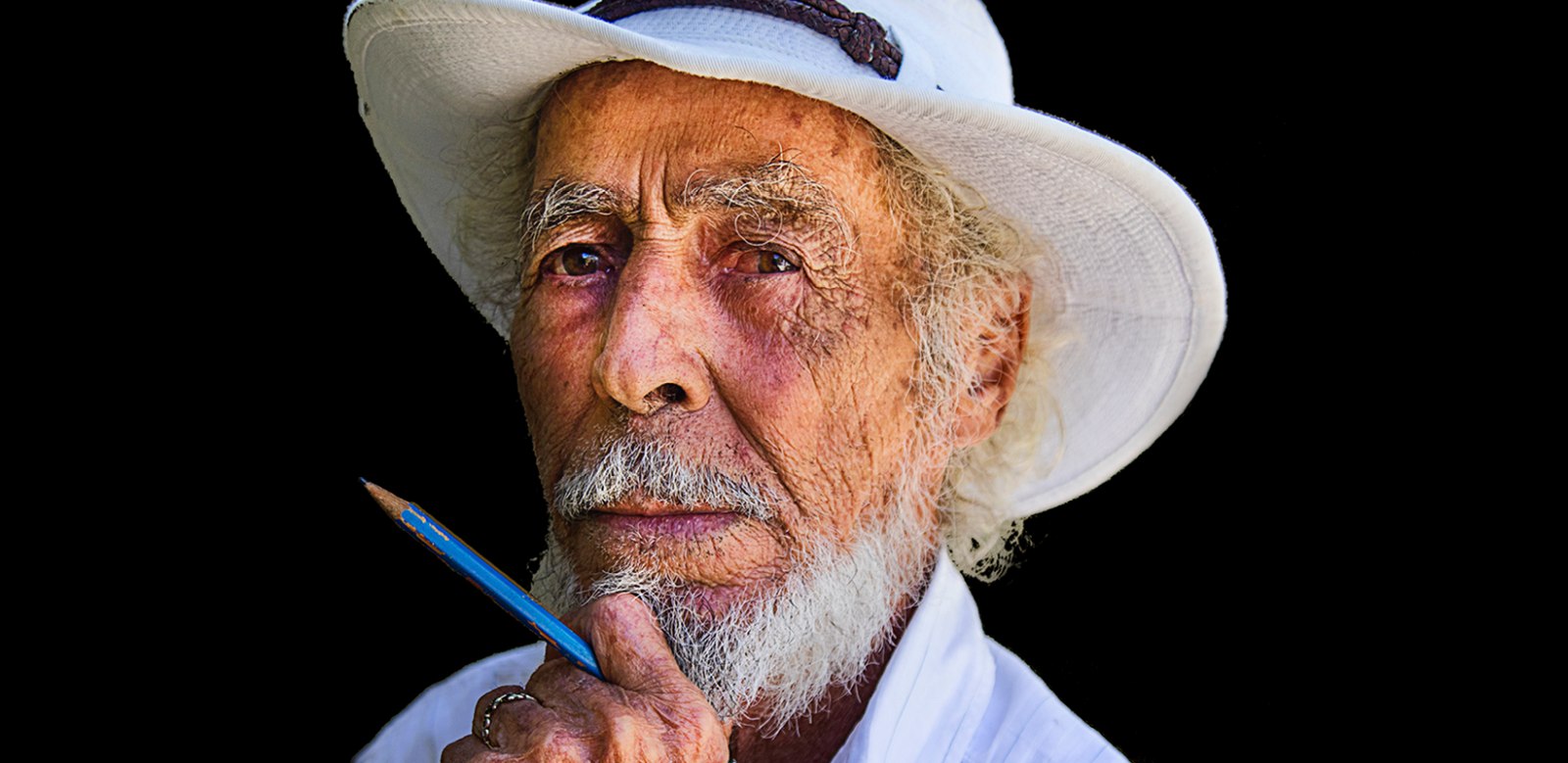

Comments